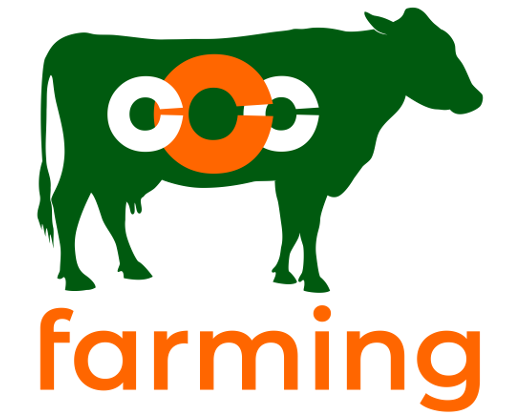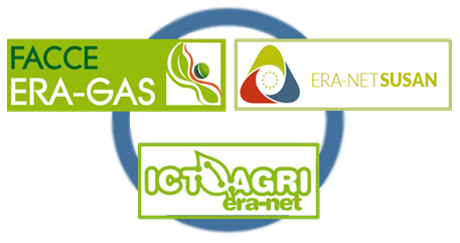Minutes of CCCfarming skype Teams meeting of 2-4 February 2022
Present: Bob Rees; Valentina Becciolini; Diāna Ruska; Kaspars Naglis-Liepa; Gitana Kadziene; Paul Hargreaves; Vergé Xavier; Niklas Sölzer; Paul Galama; Adam Cieślak; Malgorzata Szumacher; Lena Fehmer; Nadege Edouard; Chris Flechard; Katja Klumpp; Caroline Evrat-Georgel; Violeta Juskiene; Abele Kuipers
Wednesday 2nd February: 10.00-12.30 hour
- 1. CCCfarming physical meeting Wednesday 6 to Friday 8 July in Rennes, France.
- 2.EAAP Porto seminar input from CCCfarming partners requested; deadline abstract submission March 1.
- 3. Mitigation practices/strategies. Partners explained about their most used mitigation practices in the home country. An overview was prepared. Paul Galama will extend this overview with some additional questions giving more inside in the source of use of these practices. Goal is to get a global idea about more or less common mitigation practices in the various partner counties.
Thursday 3rd of February: 14.00-16.30 hour
- 4a. Summary of emission measurements and some literature
Abele Kuipers presented the Excel sheet overview of measurements. The partner countries have done two to more rounds of measurements. Data of the Scottish partner will still be collected. Sierk Spoelstra presented a table with data from literature about emission GHG measurement levels.
- 4b. Result of 1st round of farm visits' emission outcomes with the IDELE/INRAE
Excel calculation file were explained by Xavier Verge and Paul Robin. This includes the data input from the farm survey. Xavier and Paul Robin believe that we are composing an interesting data set.
- 5. Each partner explained shortly about reductions in methane and/or ammonia or other improvement they hope to achieve with their Task in Work-Package 2.
The info presented by partners will be summarized.
- 6. Paul Galama and Abele Kuipers presented innovations in filtering ammonia and methane from air in barn and manure storage. They expect to cooperate with INRAE on this topic.
- 7. Emissions from grassland with flux tower, etc. were presented by Chris Flechard (PP available)
Friday 4rd of February: 10.00-12.30 hour
- 8. Introduction to WP3 was shortly presented by Abele Kuipers
- 9. Paul Hargreaves showed examples of AgreCalc tool for simulating more runs by inputting alternative practices; about 8 possible practices were shown to be feasible to include, like feed ration and fertility level of herd (replacement rate).
- 10. Marion de Vries presented status of collection of NPC data in partner countries, as well as a comparison of the three calculation tools AgreCalc, ANCA en Cap2er (PP available).
Conclusions: Main source of GHG is enteric CH4; imported feed and MMS play a major role. The three tools (ANCA, AgreCalc and CAP2’er) have rather different characteristics and outcomes; ANCA seems to generate higher GHG emissions.
Request: each partner provides 2 representative farms with 2020 data before 10th of February for preparing the EAAP abstract. Also: AgreCalc: assessment 2020 + 2021, all farms, input + output, before 15th of March.
- 11. Paul Galama gave some examples of calculations with the Netherlands' whole farm model DAIRY WISE. The plan is to research a small set of common mentioned mitigation strategies on basis of a few defined model farms
- 12. Kaspars Naglis-Liepa presented suggestions for formulation of the farm mitigation plan, and about possible approaches to calculate economic aspects of a certain mitigation strategy / farm practice.
AgreCalc will be used in all countries to help simulate the effect of at least one mitigation practice per farm, as indicated in the mitigation plan of the farm. To realize this, the Latvian team will visit SRUC for gaining experience with applying the AgrCalc tool in this way.
The Netherlands’ team will execute in selected countries the ANCA tool on one or two farms per country to perform some simulations.
- 13. Deliveries and milestones
Each country has to explain the progress with filling in their deliveries and milestones to the own national funding agency. The project coordination team reports the overall progress with fulfilling the deliveries and milestones to the ERANET-SUSAN secretariat as part of the reporting about the project at pre-designed times.
Abele Kuipers, February 2022

